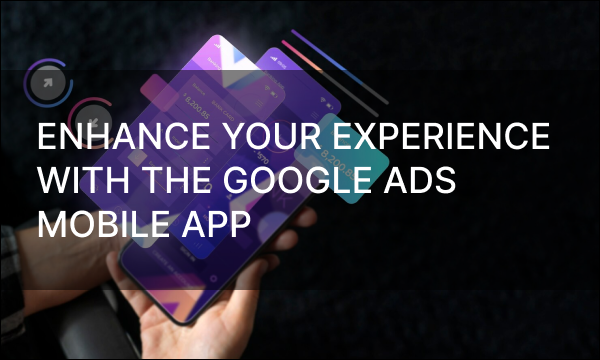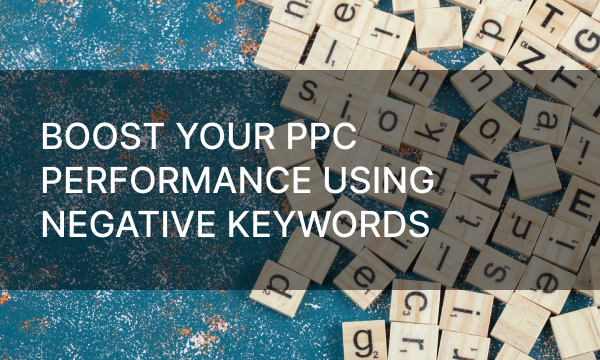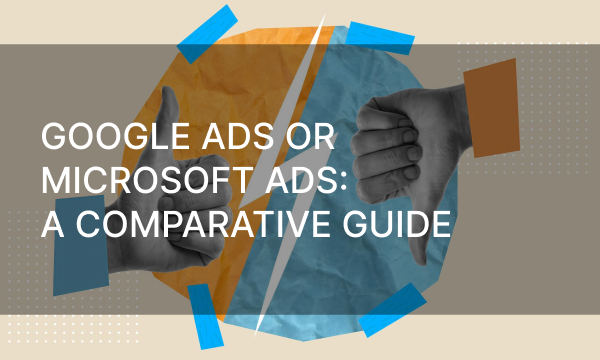Have you noticed how quickly human work is being replaced by automation? You used to collaborate with a few trusted programs and your fellow marketing teammates. Now, your workflow involves juggling a dozen different tools, and the office feels eerily quiet. The tasks are mostly the same but the process, and the people behind it, have changed.
AI-powered tools are becoming essential to stay competitive. But where did that human spark go – the touch that made every campaign feel unique? The charm your product designers added that made your ads feel alive? The new campaigns look polished, sure, but something’s missing. Maybe it’s because Dave from content creation left after new software was introduced. Or maybe he was let go.
What Marketing Looked Like Before AI
Not too long ago, professionals in advertising relied on their creativity and expertise, supported only by the standard software of the time – Photoshop, Figma, Sony Vegas, and countless others. AI had existed for decades, but it wasn’t widespread, reliable, or capable enough to be useful in day-to-day marketing.
Marketers and analysts used to study trends, invent strategies, and carefully build campaigns from scratch. Video editors spent hours refining footage from on-site shoots. Copywriters wrote and rewrote scripts until they struck the right emotional chord.
Every ad was a product of collaboration: many stages, many minds, and many late nights of brainstorming. Some ads failed; others became cultural touchstones. The difference often came down to creativity, intuition, and human emotion.
Quality ads cost time and money, but they paid off. You could feel the passion behind them, and so could customers. In return came recognition, loyalty, and long-term growth.
Now, with AI automating nearly every step – from analytics to editing – the process is faster, cheaper, and more efficient. Yet the results can feel strangely hollow.
The Rise of AI Tools
AI tools have technically been around since the 1950s, but for decades they were too limited to make an impact. Only in the last decade has AI developed at an extraordinary pace, especially with the explosion of generative AI.
Today’s tools can write copy, design visuals, edit videos, and even generate full ad campaigns from a short prompt. Need a concept, script, or performance report? AI can deliver it in seconds.
This speed and accuracy have changed the game. Competing without AI now feels nearly impossible – those who don’t adopt it risk falling behind competitors who do.
But that raises a troubling question: if AI can do all this, are marketing professionals still needed?
How AI is Replacing Creative Roles
What once took a team of experts can now be done by one or two AI programs, faster, cheaper, and at scale.
A product designer brainstorming packaging ideas? Replaced.
A scriptwriter crafting an ad narrative? Replaced.
A video editor building emotional impact through pacing and effects? Replaced.
From a business standpoint, it’s easy to see the appeal: save money, meet deadlines, and produce more content. But when you replace “replaced” with “fired,” the ethical dilemma becomes clear. Behind every job lost is a person, a creative mind with years of experience.
And even beyond ethics, there’s a creative cost. AI doesn’t create; it combines. It generates variations of what already exists. The results might look impressive at first, but often feel generic, repetitive, and impersonal. Over time, this sameness dulls brand identity and weakens audience connection.
Yet, ignoring AI altogether isn’t an option either. In today’s hyper-competitive landscape, not using it can quickly make your processes inefficient and outdated. The real challenge is finding the balance.
If You Can’t Fight It, Join It
The debate about AI’s role in creative industries isn’t new. Some see it as a threat; others see it as an opportunity. The difference between losing and thriving often lies in how it’s used.
AI is a tool, not a replacement. It can generate text and visuals at scale, but without human oversight, the results often lack tone, nuance, and emotional depth. Human input is what refines AI’s raw output into something authentic and engaging.
As a marketer, adapting doesn’t mean surrendering creativity – it means learning to guide these tools effectively.
Let AI handle repetitive or time-consuming tasks so you can focus on strategy, storytelling, and connecting with your audience on a human level.
The Future of the Creative Industry
Despite the fears, AI isn’t signaling the end of creativity. The industry isn’t dying; it’s evolving. What’s changing is the type of creative work humans will do.
Marketers who embrace authenticity, personalization, and emotional storytelling will continue to stand out. Consumers still crave connection. They want to feel that a brand understands them, not just that it can generate perfect visuals or catchy lines.
AI can optimize, assist, and enhance but it can’t care. That’s where humans still win.
The future of marketing belongs to those who learn to combine the best of both worlds: the precision of AI and the empathy of human creativity. Those who adapt will thrive. Those who resist change will, inevitably, fall behind.
In Conclusion
What once took weeks of creative labor can now be done in hours. AI can write, design, edit, and analyze without you lifting a finger. It’s not the end of the world but it is a turning point.
AI isn’t evil, and it isn’t your enemy. It’s a powerful tool that, when guided by human insight, can make work more efficient and meaningful. Use it wisely. Don’t replace your creativity with code – enhance it.
In the end, it’s not about machines overtaking humans. It’s about how humans use machines to keep creativity alive.



